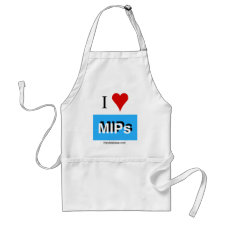
Authors: Umeno D, Kawasaki M, Maeda M
Article Title: Imprinting of proteins on polymer-modified DNA for affinity separations.
Publication date: 1997
Journal: Abstracts of Papers of the American Chemical Society
Volume: 213
Issue: (IEC)
Page numbers: 130.
Abstract: Double helical DNA can provide binding selectivity. Some successful separation techniques have been developed in which double helical DNA is used as an affinity ligand for DNA-binding molecules. We have reported the use of thermo-responsive DNA conjugates for the separation of DNA-binding proteins. As a strategy to improve this system, bioprinting has now been applied to the photochemical modification of plasmid pBR322 DNA (14,363 bp) with poly(N-isopropylacrylamide) (poly NIPAArn) which has a Lower Critical Solution Temperature (LCST) of 31oC The resulting DNA-poly NIPAAm conjugate was found to precipitate above the LCST and was easily collected by centrifugation. On the other hand, accessibility of DNA-binding molecules to the conjugate decreased gradually with the degree of modification. However, we have found that the presence of a restriction endonuclease (EcoRI) during the polymer modification produced accessibility of the enzyme to the conjugate. In comparison with the conjugate prepared in the absence of the EcoRI. Thus application of an "imprinting" technique to the poly NIPAAm modification of DNA has produced a novel separation material with enhanced selectivity for the DNA-binding proteins



Join the Society for Molecular Imprinting

New items RSS feed
Sign-up for e-mail updates:
Choose between receiving an occasional newsletter or more frequent e-mail alerts.
Click here to go to the sign-up page.
Is your name elemental or peptidic? Enter your name and find out by clicking either of the buttons below!
Other products you may like:
 MIPdatabase
MIPdatabase









